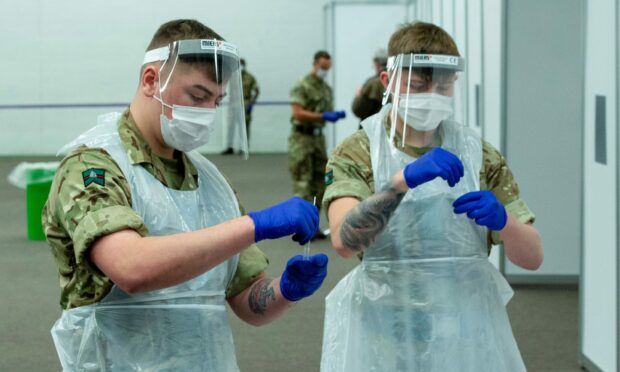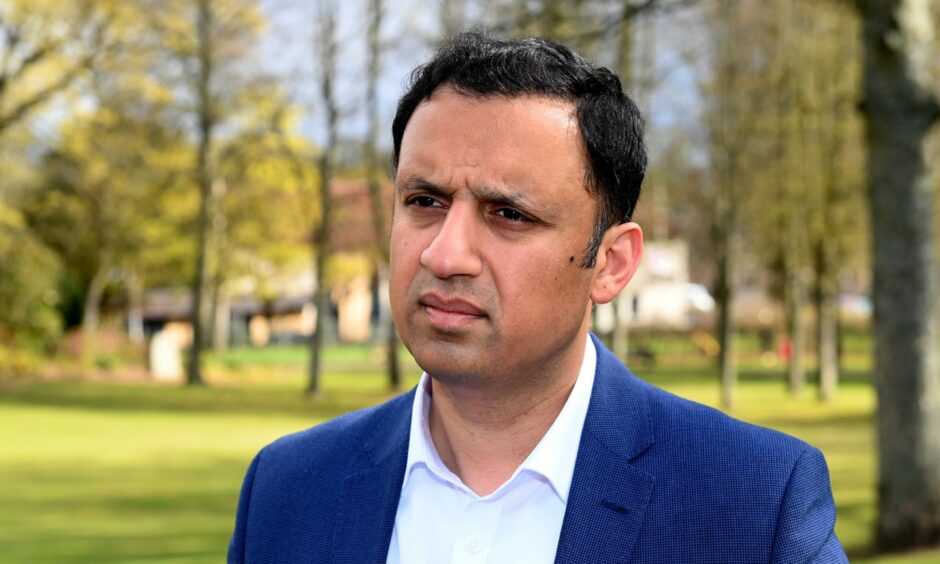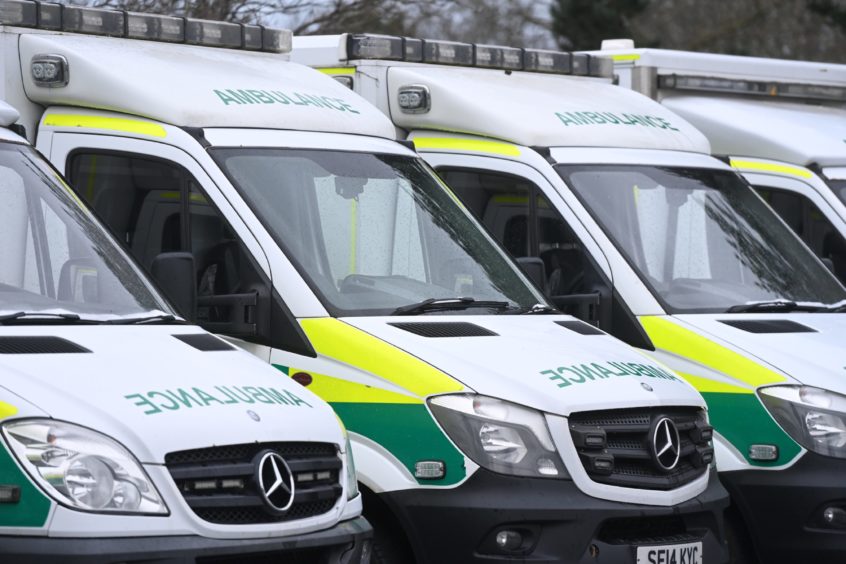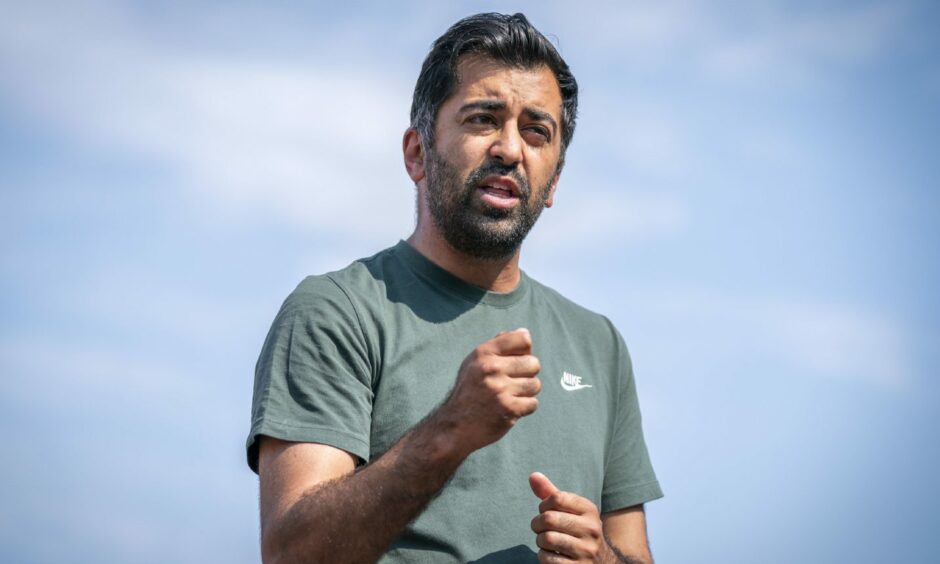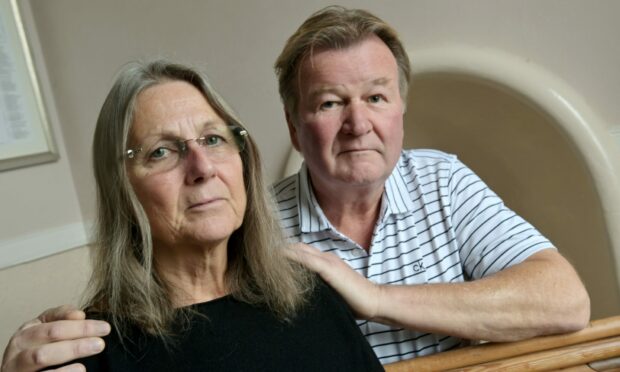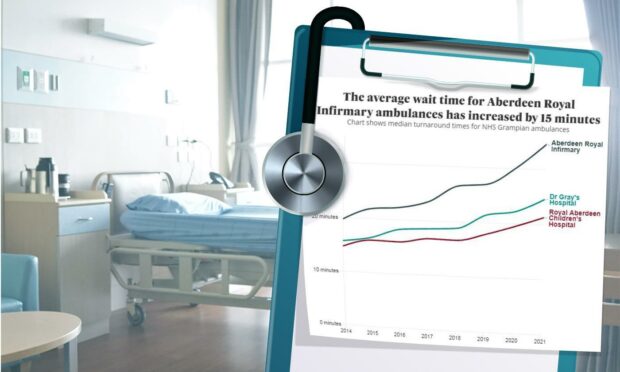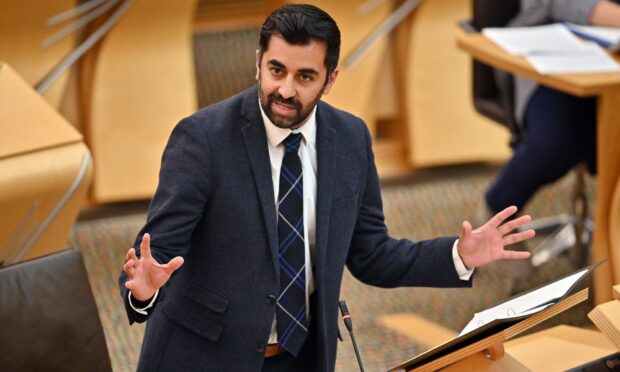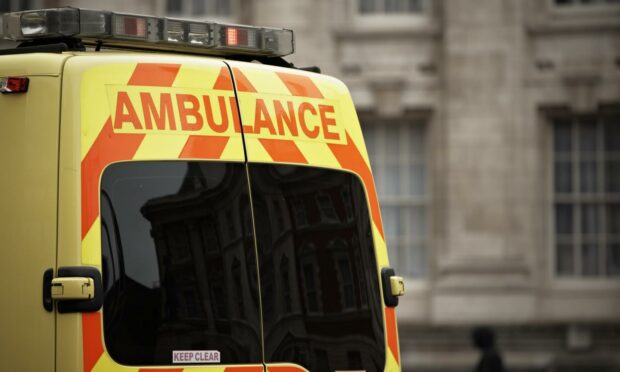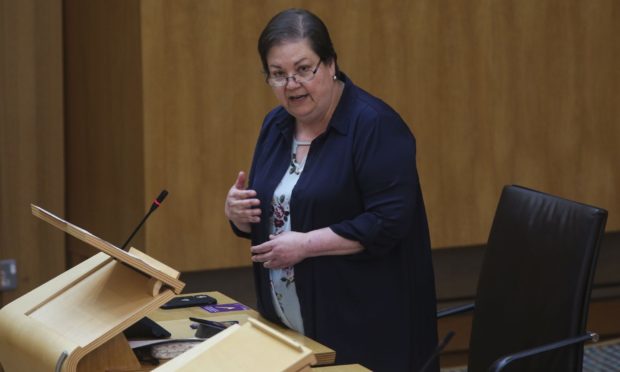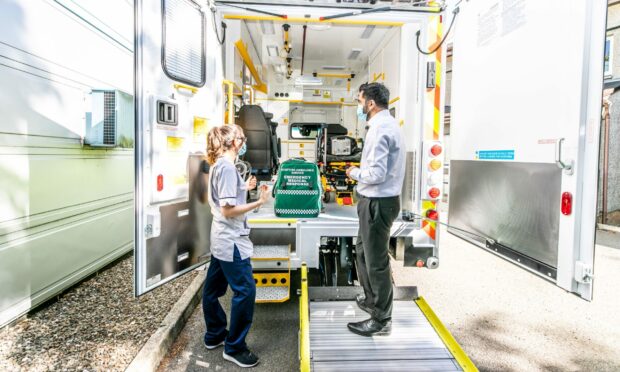The Scottish Government has been urged to use Army soldiers to run field hospitals to help solve the ongoing ambulance service crisis.
The Ministry of Defence has been called on to provide 200 personnel to drive vehicles and run Covid test sites to free up staff.
The Sunday Post reports paramedics and politicians now want the measures to go even further to ease the pressure on A&E departments.
Jamie McNamee, Unite convener at the Scottish Ambulance Service, warned it was crucial capacity was expanded to reduce backlogs at the doors.
He said: “You could give me 100 additional ambulances in Glasgow tonight but it won’t make a blind bit of difference as they’ll be queued outside the Queen Elizabeth University Hospital.
“You’ll just have longer queues.
“We need a field hospital to enable us to hand over patients to clinicians to free up mobile resources because people are dying due to delays, quite literally.”
‘What will fix this is increased capacity’
Concerns have been raised repeatedly in recent months about extremely long waits being endured by patients for ambulances.
The case of Gerard Brown, 65, was raised in the Scottish Parliament this week after the Glasgow pensioner died following a 40-hour wait.
His GP, who repeatedly warned call handlers about his patient’s critical condition, described the situation as “third world medicine”.
The delays have been blamed on queues of ambulances being forced to wait outside hospitals due to Covid restrictions inside and stretched A&E teams.
Experts and opposition MSPs believe Army staff running field hospitals could help ease the current ambulance service crisis.
Scottish Labour leader Anas Sarwar told the Sunday Post: “The SNP’s complete failure to ensure our NHS has proper surge capacity means that our hospitals are now at breaking point.
“The Scottish Government must give serious consideration to asking the Army to set up field hospitals if they will work to ease the pressure on our NHS.”
Dr Sandesh Gulhance, the Scottish Conservatives’ shadow health minister, said: “The huge crisis facing A&E departments has now sky rocketed off the scale which is why there needs to be extra capacity available like field hospitals.
“Patients are waiting an average of six hours after dialling 999 before dying in hospital car parks because they can’t get into A&E.”
Dr John Thomson, vice-president of the Royal College of Emergency Medicine Scotland, said: “It’s slowly getting worse. There are an increasing number of eight to 12-hour waits and decreasing performance overall so things are continuing to deteriorate. We’re in for an exceptionally difficult winter.
“What will fix this, from an emergency department perspective, is increased capacity.”
What is Scottish Government saying?
Both Health Minister Humza Yousaf and the Scottish Government’s national clinical director Jason Leitch declined to go on BBC Scotland’s Sunday Show to discuss the issue.
Mr Yousaf is expected to update the Scottish Parliament this week about the military deployment.
The Scottish Ambulance Service has described the situation as “extremely challenging” across the country.
A spokesman said: “We are currently at our highest level of escalation and are working with health boards and the Scottish Government to address the challenges being faced through a range of actions, including the potential for targeted military assistance as in other UK ambulance services.
“We’re still in discussions with the Scottish Government about the details of military assistance.”
The Scottish Government said: “We are giving urgent consideration to temporary admission wards to ease bottlenecks between ambulances and our hospitals – and we are investing an extra £20 million to fund almost 300 new ambulance service staff, some of whom have already started work.
“Despite the pressures of the pandemic, our ambulance crews, who serve some of the most rural areas in the UK, responded in 2020-21 to over 70% of highest priority calls in under 10 minutes and more than 99% in under 30 minutes.”
